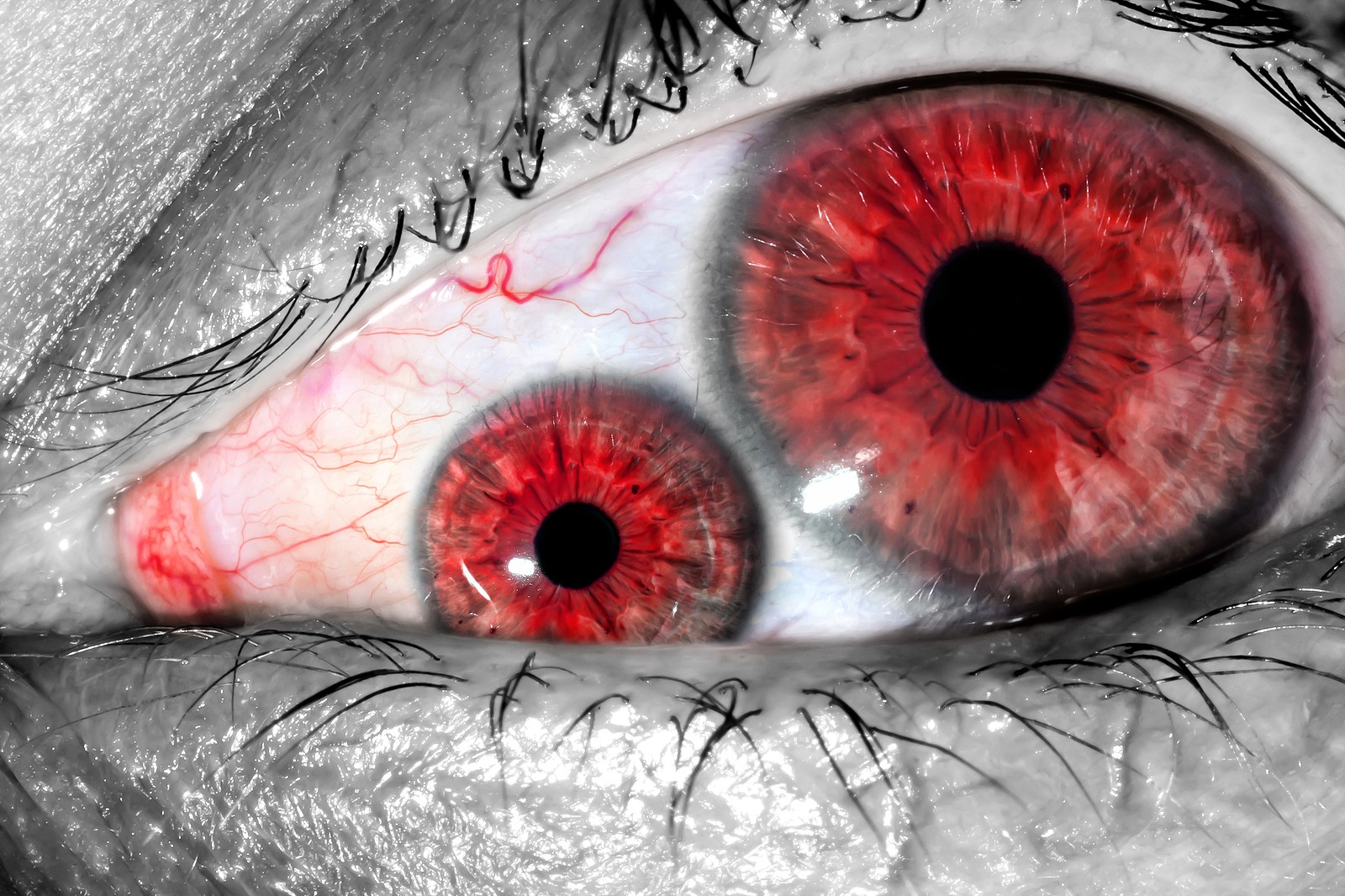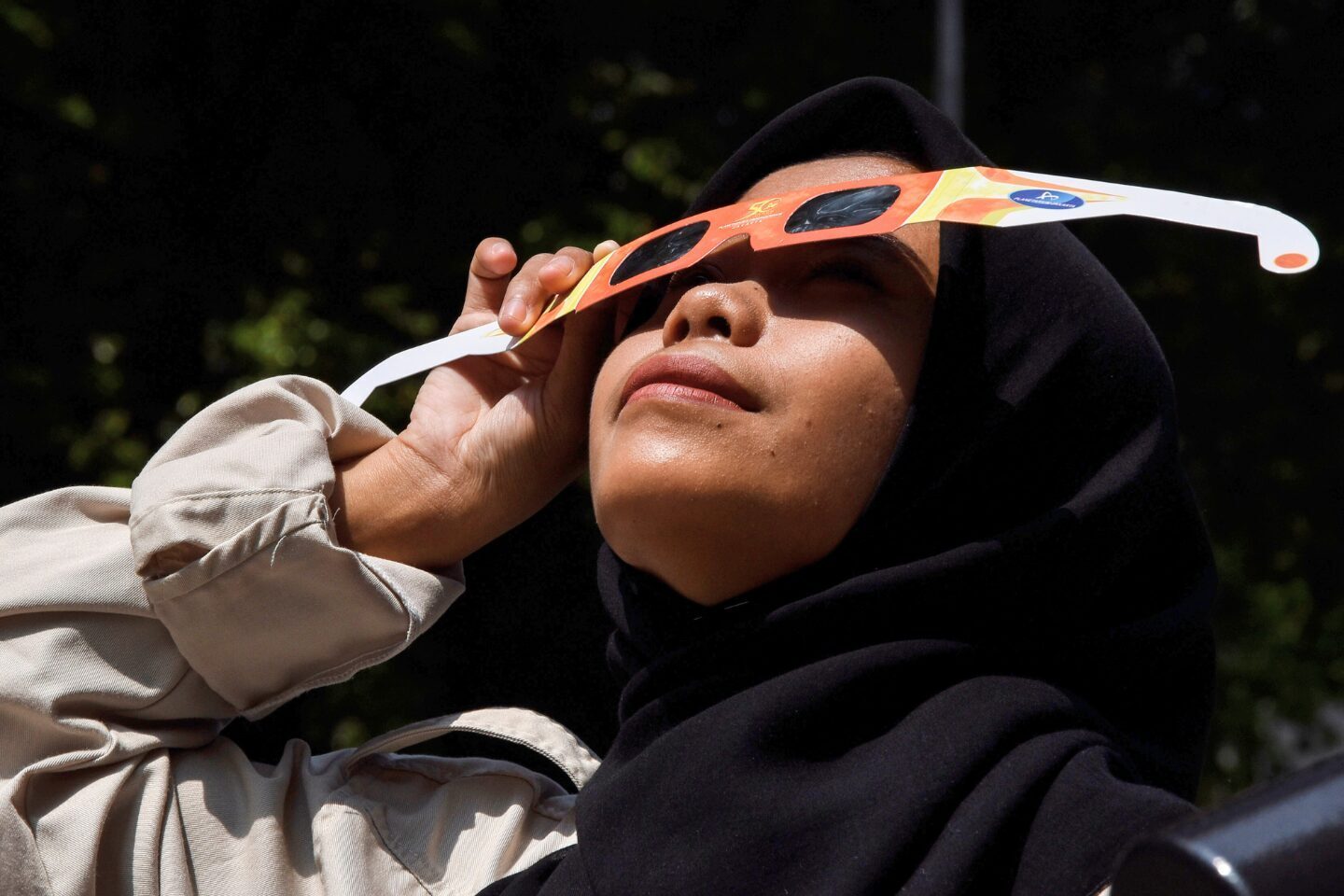5 Rare and Bizarre Eye Conditions

Not all eye conditions fall into your typical categories of refractive errors, cataracts, or glaucoma. From hairy eyeballs to black eyes, bizarre eye conditions can come in all forms. Continue reading to learn about five of the rarest eye conditions in the world.
1. Tears of Blood
Bloody tears, also known as haemolacria, are a rare, but typically harmless occurrence — and these “tears” of blood are not necessarily reserved for crying. Common causes of this condition include hemophilia, hormone changes, and trauma or inflammation within the conjunctiva (the white of the eyes), which can be accompanied by pain. However, 30% of cases have no known cause and can resolve on their own over time.
If your condition stems from damage to the conjunctiva, the eye care specialists in Dallas will provide treatment for the underlying eye injury or infection.
2. Two pupils in one eye
Having two pupils in one eye, also known as polycoria, is the rarest condition, with only two known cases to date. These pupils could be attached to their own muscles, allowing them to work independently. In a false case, there is only one real pupil, and the other is actually a hole in the iris that gives the appearance of double pupils.
In true cases, surgery can help bridge the connection between the two pupils.
3. Cat eye syndrome (Iris coloboma)
Cat eye syndrome affects 1 in 50,000 to 1 in 150,000. The absence of tissue in the bottom portion of the iris causes the pupil to narrow and extend toward the bottom of the eye, giving the eyes a feline look. This condition typically results from a defect in chromosome 22 and can also affect the heart, ears, and kidneys.
Some patients will experience problems seeing clearly as tissue may be missing from the inside of the eye as well, or crossed eyes which can be corrected with surgery or glasses.
4. Red eyes
Red eyes, particularly at the iris and not the white portion of the eye, are not really red but appear that way due to a lack of melanin, or pigment, in the iris. In actuality, the eyes are a light blue color, and the retina shows through giving the eyes a red or pink hue. This condition is most often associated with ocular albinism or true albinism.
Ocular albinism can also affect the nerves and the retina as it may affect development of these structures. The lack of melanin can also cause sensitivity to the sun and other light sources. Glasses, contacts, and sunglasses can address resulting visual problems.
5. Charles Bonnet syndrome
Charles Bonnet syndrome occurs after someone has lost most or all of their vision. It is characterized by hallucinations or visions of things that are not there. The brain tries to fill in the gaps of your surroundings with people, animals, and other objects that they’ve seen before.
About 30% of those with severe vision loss will experience Charles Bonnet syndrome for some period of time. However, it’s important to note that a patient with this condition can separate these hallucinations from reality. The hallucinations are not typically described as frightening or scary. Preventing vision loss with early detection and treatment of eye diseases, like glaucoma and macular degeneration, can help patients avoid this condition.
It is very rare to experience these conditions, but they can greatly impact your quality of life. Fortunately, our experts in cataract and LASIK eye surgery in Dallas are equipped to handle a range of visual problems, so you can experience your best vision possible.
Our eye care specialists at Kleiman Evangelista Eye Centers of Texas treat all types of eye conditions. We offer a full range of eye care services, including cataract and LASIK eye surgery and treatment for more common conditions like glaucoma and age-related macular degeneration. Visit one of our six locations in the Dallas area.









